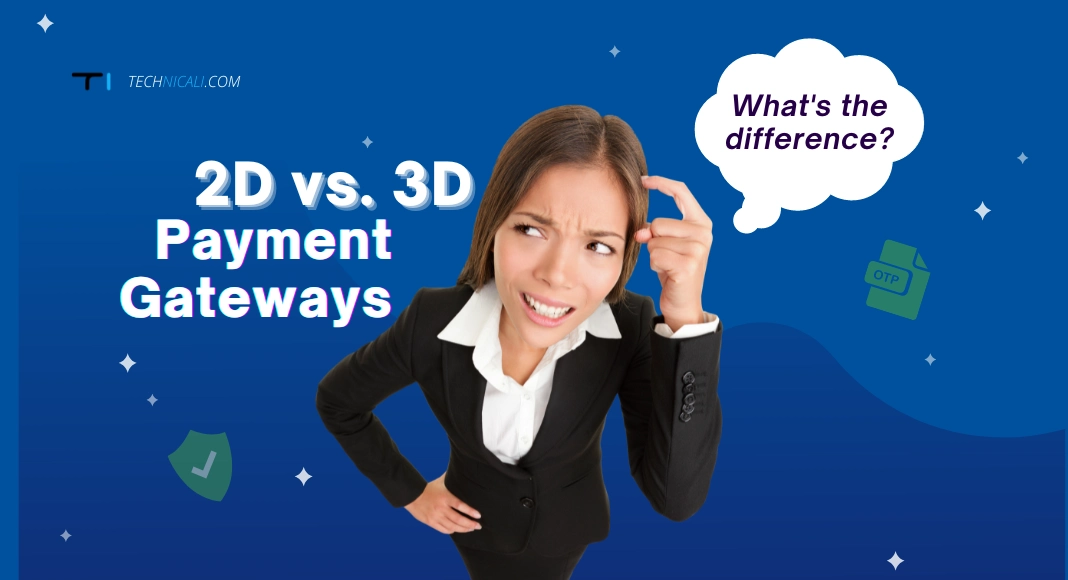The portal you must use to transfer your payment is connected to your bank account through a payment gateway tunnel. You may execute an online transaction using various payment methods, such as net banking, a credit card, a debit card, UPI, or one of the many recent online wallets, thanks to the software employed in a payment gateway. It is an intermediary for safely transferring your funds from your bank account to the merchant’s payment site. This includes using a 2D or 3D payment gateway to authenticate both parties from the participating banks.
A payment gateway is essential for most conventional and contemporary organizations as they seek ways to allow consumers to make online payment transactions. The best payment gateway must be chosen if you intend to start the payment process through your website or app. Knowing about payment channels, their operation, and the security mechanism can help you choose the proper payment gateway. Making an informed choice will be easier if you know the differences between a 2D and a 3D payment gateway.
Contents
What is a Payment Gateway?
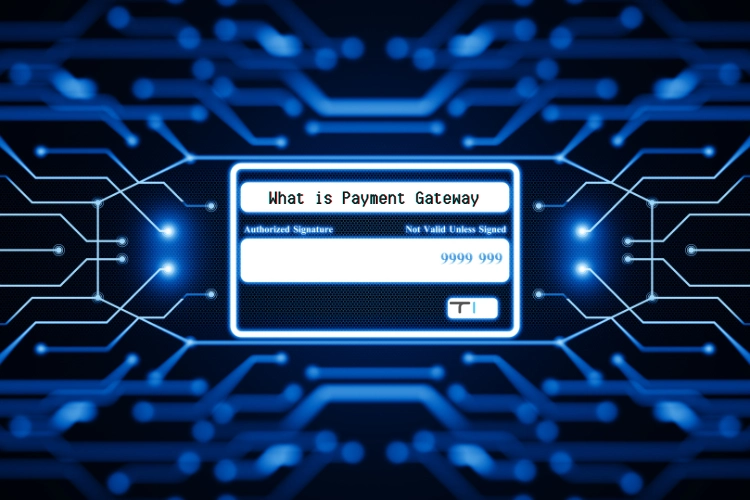
A payment gateway is a conduit that links your bank card to the portal where your money has to be sent. A payment gateway’s software allows you to perform an online payment transaction using multiple payment methods such as online banking, debit cards, credit cards, UPI, or one of the numerous online payment apps that have recently become accessible. It acts as a third party, securely transferring funds from your bank account towards the merchant’s payment site. Both stakeholders from the banks concerned must be authenticated.
Some individuals understand a payment processor but are unaware of the wide variety. A payment gateway incorporates a surveillance system and compliance procedure that enable robust data encryption to ensure data security throughout the transactional phase between parties. The payment gateways are 2D (2 dimensions secure) & 3D (3 dimensions secure). Let us guide you through the contrasts between the two to help you decide which is best for your business.
How do payment gateways operate?

A payment gateway performs the following functions within the context of accepting credit card and debit card payments made online:
Collection- When a consumer visits your website and navigates to the checkout page to input their credit or debit card details, the payment page will either be given by your payment gateway or safely transmit the information.
Transfer- The payment gateway safe;y and securely sends debit or credit card details about the transaction to your payment processor (i.e. merchant bank, acquirer, or acquiring bank).
Authorization- Once data has made its way via the card network and to the issuing bank, the payment gateway will get authorization for the transaction and relay that information to both the merchant and the consumer.
What is a 2D Payment Gateway?
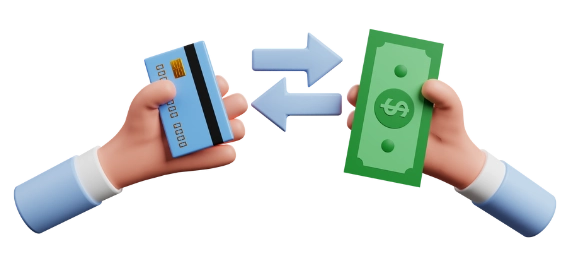
The type of payment without a security check or OTP is called a 2D payment gateway. The consumer enters basic card details like the card number, expiry date, and cardholder name into the 2D-protected payment gateway. Then, users input the verification code or CVV(Card Verification Value) on the back of the card.
The payment is authenticated when this data has been entered correctly. The processor’s payment gateway does not require any further authentication or confirmation. The 2D Payment Gateway’s functioning without OTP (One Time Password) renders this less secure.
Transactions processed by a 2D payment processor appear less secure due to the absence of final authentication of the acquiring bank. Although 2D banking transactions use numerous techniques to maintain payment security, hackers are much more likely to meddle.
Features of a 2D Payment Gateway
The software used to handle payments is called 2D Payment Gateway. Customers can pay without providing a one-time password or a security code. Essentially, it merely asks for the credit card information and expiration date. The transaction is complete as soon as the customer submits this information. Customers can pay without submitting a one-time password or passing a security code. Essentially, it simply requires credit or debit card details. The transaction is complete after the consumer inputs this data.
To better understand a 2D Payment Gateway, we need to know how it works.
The following is the procedure for executing a transaction using a 2D payment gateway:
- A consumer visits a merchant’s website and purchases a product or service. They choose a payment option and submit debit/credit card information during checkout.
- The information is received by a gateway, encrypts, and transmits an authorization request to the purchaser.
- The acquirer submits a request to the payment processor (Visa, Mastercard, or another) that serves the cardholder.
- The card operator contacts the issuing bank to determine whether the card is legitimate and whether there is sufficient money to withdraw.
- The issuer authorizes the transaction, which then sends a verification to the purchasing bank via a gateway. A successful online purchase is communicated to the consumer by the payment gateway.
Unauthorized hacker disruptions may make the accounting cycle less secure, discouraging end-users from using this type of payment platform. At this point, the necessity for an additional security layer becomes apparent.
What is a 3D Secure Payment Gateway?
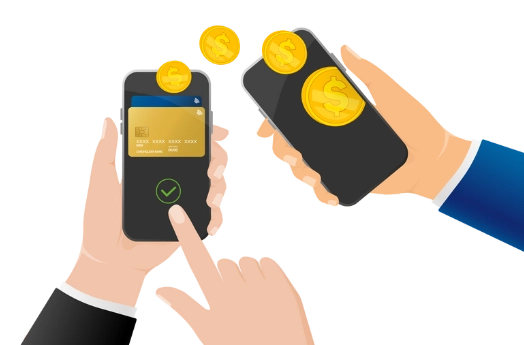
A 3D payment gateway works the same way as a 2D payment gateway. However, it includes an additional verification step that increases security during online transactions. Before the payment is debited from the cardholder’s bank account during online payments, an OTP is generated. An OTP is a passcode made up of random digits that are sent to the cardholder’s phone by SMS, soft certificates, or emails when a new transaction is required. The OTP typically lasts for 15 to 30 seconds, based on the service provider and the kind of service. This additional layer of security distinguishes the 2D and 3D banking transactions.
There are two kinds of 3D Payment Gateways.
The different kinds of 3D Payment Gateways are:
3D Secure 1
The original iteration of the 3DS protocol is 3DS1 (3D Secure 1). When the 3DS1 was released, people utilized computers to make online payments. 3DS1 supported Desktop browser-based authentication. Although it had some drawbacks, it offered security and safeguards against fraudulent transactions. When the 3DS1 was released, no one was using cell phones or mobile apps. The 3DS1’s design did not accommodate cell phones.
When customers first started using mobile phones for internet purchasing, they encountered difficulties with 3DS1. It did not enable the in-app flow of mobile payment operations. As a result, many online shopping carts were abandoned. Furthermore, for 3DS1-enabled cards, certain issuing banks demanded a static password. These elements contributed to friction throughout the online payment procedure.
3D Secure 2
3DS2 is an improved version of 3DS1 and offers much more security and user ease of use. Not only does 3DS2 look and feel different from 3DS1, but it also has a unique message exchange and message format. It has many more data analytical capabilities, and 3DS2 has a superior user interface.
3DS2 gives a consistent experience regardless of the gadget used by clients. It works efficiently with retailers who accept online payments via payment gateways. 3DS2 captures far more data than 3DS1 and does it within the regulatory framework. More meaningful data exchange aids in the prevention of fraudulent transactions. Many authentication actions are carried out in the background through the 3DS2 protocol. This reduces transactional friction.
Features of 3D Payment Gateway
The working mechanism of a 3D Payment Gateway is different from a 2D Payment Gateway.
Following are the features of a 3D payment gateway:
- Customers select a service or product to buy and submit their debit or credit card information.
- Assume you are a merchant who has enabled 3D secure payment. In this case, consumers will be confronted with a pop-up screen. Their bank will require a unique authentication number to confirm their identity. This code only applies once and is often sent to the consumer’s mobile phone by SMS.
- The purchase will be accepted and the transaction completed if the code is correct.
- Consumers should remember that they have three opportunities to check an online payment transaction before it is rejected and their card is placed on hold until they call their issuing bank.
What is the main difference between 2D and a 3D payment gateway?
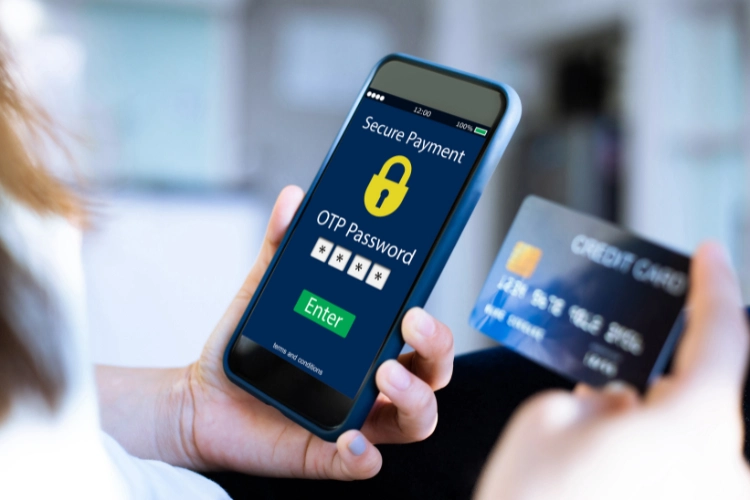
The key difference is the level of security checks.
A 2D payment gateway does not require an additional security check, such as an OTP, to validate the payment. The customer’s credit/debit card details are all that is needed.
A 3D payment gateway requires an additional layer of security, i.e., an OTP. This is to validate the payment before deducting the amount from the consumer’s bank account.
Which to use and why?
To discuss this topic, first, we need to compare 2D and 3D Payment Gateway. Criminals now have unparalleled access to consumer data. To utilize credit card information, they get information such as SSNs (Social Security Numbers), residences, and personal information. It is especially troublesome for high-risk credit cardholders, who must constantly convince their customers that their data is secure and confidential.
So, what can high-risk businesses provide to reassure their customers? A payment processor in 3DS2 or 3DS1. It guarantees the data security of the customers with such an offer.

The key benefit of the 3D Secure protocol is the security it provides to online customers at every online payment processing. Online consumers have more command over their funds and get speedy confirmations of their orders. Consumers also get one-time passwords (OTPs) to their mobile phones or other mobile devices in the event of a questionable payment. Online customers are protected from fraud and theft as long as they immediately report suspicious transactions and do not provide the One-Time Password.
Some advantages of using a modern 3d payment gateway are as follows:
- Incorporation and management fees are comparable to those a 3D secure payment processor charges.
- It is simple to generate chargebacks, refunds, or disputes owing to a lack of SCA(Strong Customer Authentication).
- Fraud accusations are reduced: Implementing a 3D payment processor decreases fraud allegations in the payment environment system compared to a 2d payment gateway.
- More robust security: An enhanced layer of protection protects sensitive data from being misused.
- Customer trust: When customers are conscious of the protection offered by a 3D payment processor, they are more likely to transact with your website.
- Sales increase: Safer shopping boosts the number and frequency of purchases.
- Better service: As fraud and chargebacks decrease, merchants are more satisfied with the outcome of their business transactions.
- Online businesses are more comfortable conducting international transactions in multiple currencies in such a security system.
A 3D payment gateway may reduce companies’ chargebacks and other forms of financial loss. With 3D Secure Strong Customer Authentication, a fraudulent transaction can be stopped in its tracks, allowing Indian businesses to avoid doing business with unreliable customers. This security measure is handy to online merchants since it makes the return and refund process more manageable.
Conclusion
On comparing the difference between 2D and 3D payment gateway, integrating the latter is more advantageous and safe. 3D payment gateway encourages customers to make purchases by lowering the vulnerabilities in domestic and international transactions.
The 3D payment Gateway Solution provides comfort to the business and the client through a safe and secure transaction. Customers can protect their money and avoid fraud, while business owners see a decrease in chargebacks and fraudulent transactions. On the contrary, these problems are more likely to happen with the 2D Payment Gateway.
